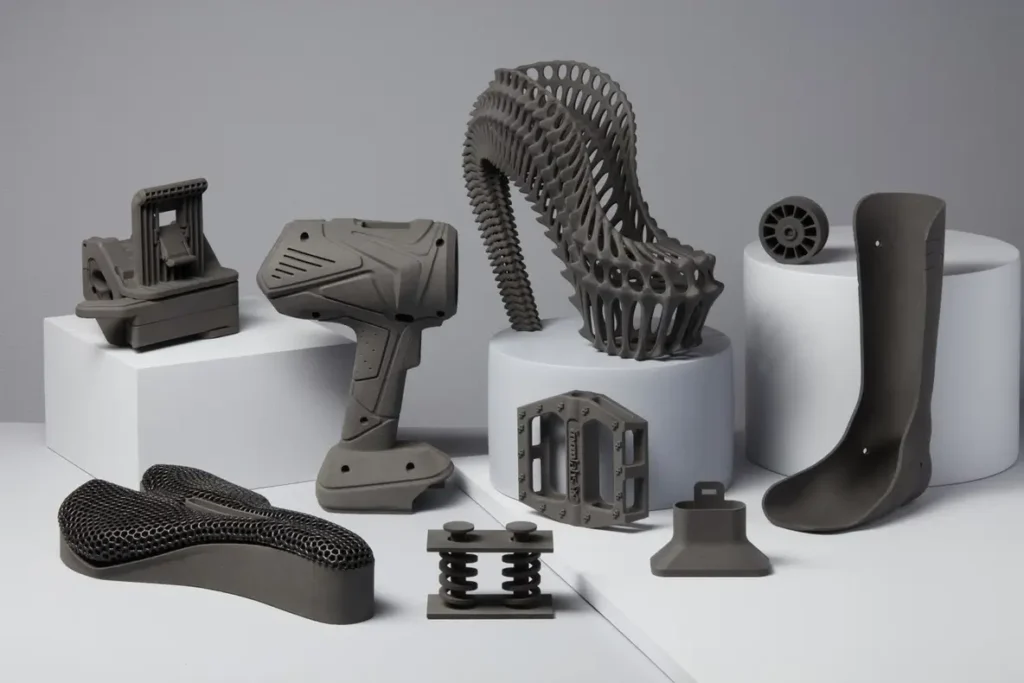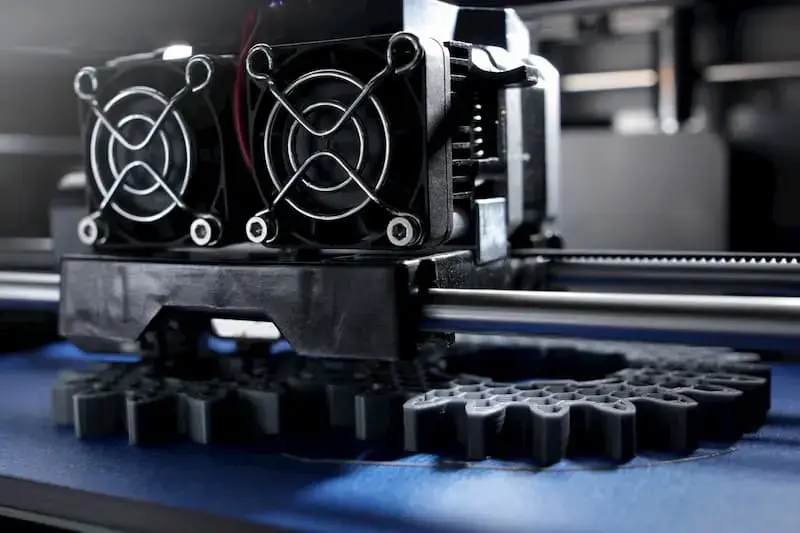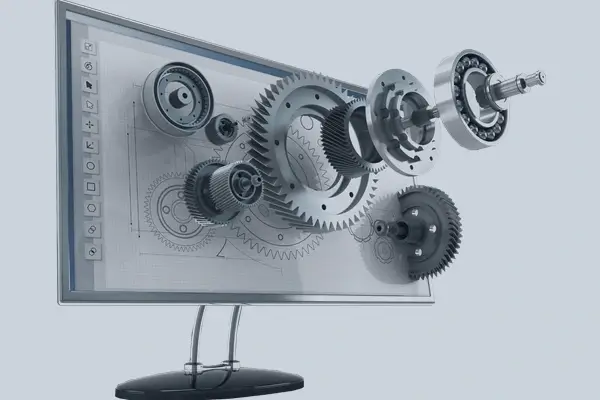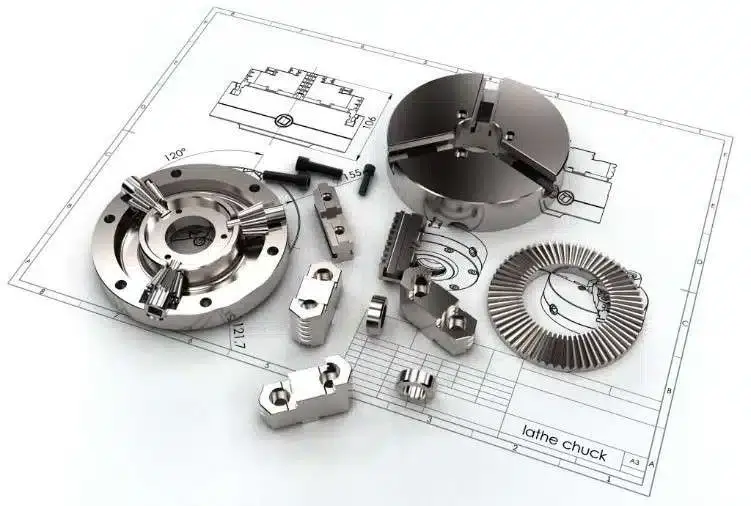Streamlining Your Design Process: Tips for Faster Rapid Prototyping
Rapid prototyping is an essential part of the design process, allowing designers to quickly create and test their ideas before making a final product. However, the speed of prototyping can vary greatly depending on the tools and techniques used.
In this article, we’ll explore some tips for faster rapid prototyping, helping you streamline your design process and bring your ideas to life more efficiently.
Tip 1
The first step to speeding up your rapid prototyping process is to invest in the right tools. There are many software programs that can help you create 3D models and prototypes faster and more accurately. These programs often have features that allow you to easily modify and iterate your designs, saving you valuable time.
Additionally, investing in a high-quality 3D printer can greatly speed up the physical prototyping process, allowing you to quickly produce multiple iterations of your design.

Tip 2
Another tip for speeding up your prototyping is to leverage existing components and templates whenever possible. Instead of designing each design from scratch, look for existing parts or templates that can be modified to suit your needs. This can save you a lot of time and effort, as you won’t have to design each component from scratch.
Additionally, using existing components can help ensure compatibility and reduce the risk of errors in the final design.
Tip 3
In addition to using pre-existing components, it is also important to standardize the design process. This is because by creating a set of design guidelines and templates, you can ensure consistency in your prototypes and reduce the time spent on each iteration.
At the same time, a standardized design process also makes it easier to collaborate between team members because everyone will be working on the same basis.

Tip 4
Another way to speed up your rapid prototyping process is to employ rapid iterations. Rather than spending an inordinate amount of time on each iteration, create and test multiple versions of your design quickly.
This allows you to gather feedback and make improvements more efficiently, ultimately completing your final product faster. By employing rapid iterations, you can also avoid becoming too reliant on a single design, allowing for greater flexibility and creativity during your prototyping process.
Tip 5
Finally, don’t be afraid to outsource certain aspects of your rapid prototyping process. If you find that certain tasks are taking up too much of your time or expertise, consider hiring an expert or utilizing a service that can handle those tasks for you.
This can free up time to focus on more critical aspects of the design process, ultimately speeding up your overall prototyping timeline.

In summary, rapid prototyping is an essential part of your design process, and by following these tips, you can streamline your process and create prototypes faster.
Investing in the right tools, leveraging existing components, standardizing your design process, employing rapid iterations, and outsourcing certain tasks can all contribute to a faster and more efficient rapid prototyping process. By implementing these tips, you can bring your ideas to life faster and more efficiently, ultimately resulting in a more successful final product.
